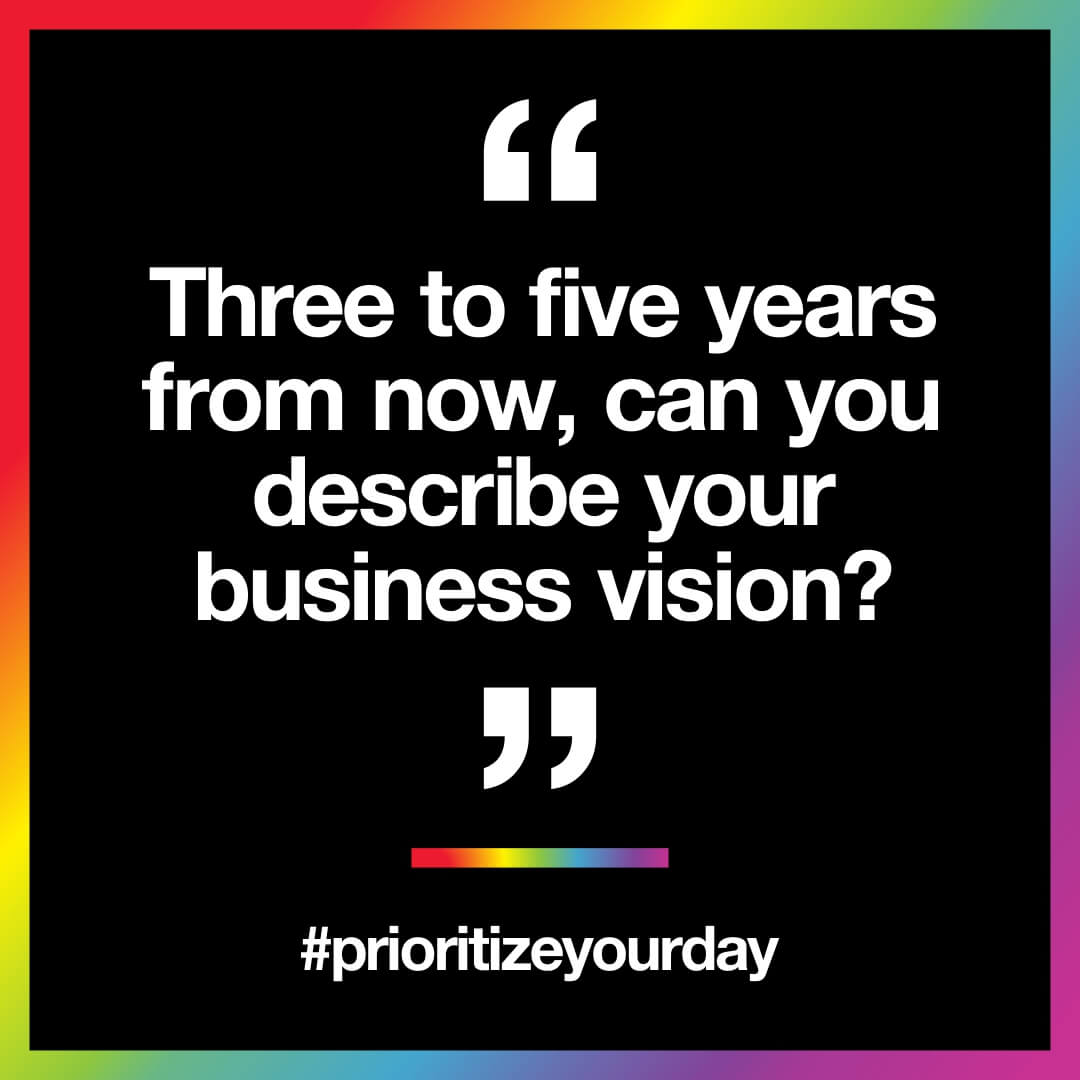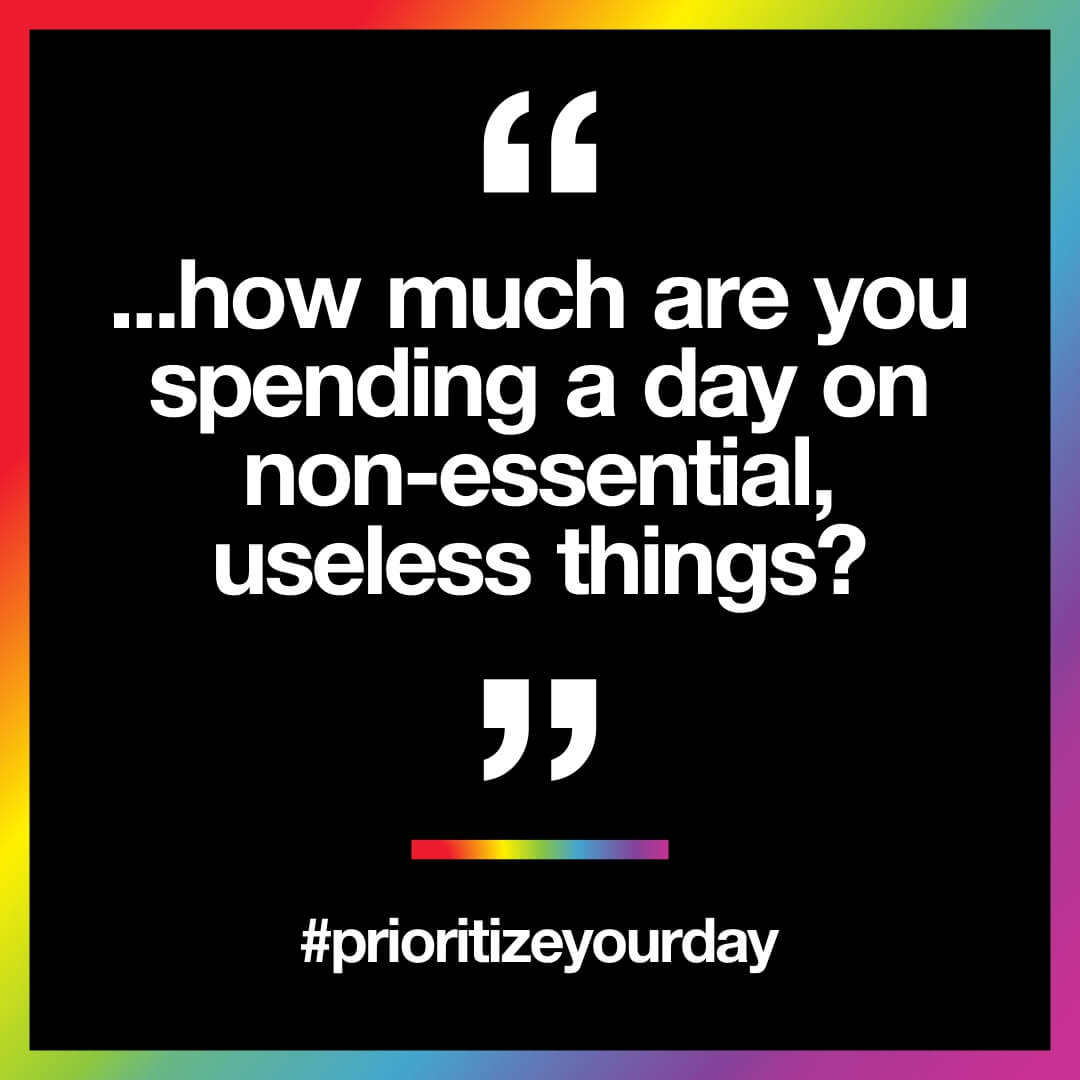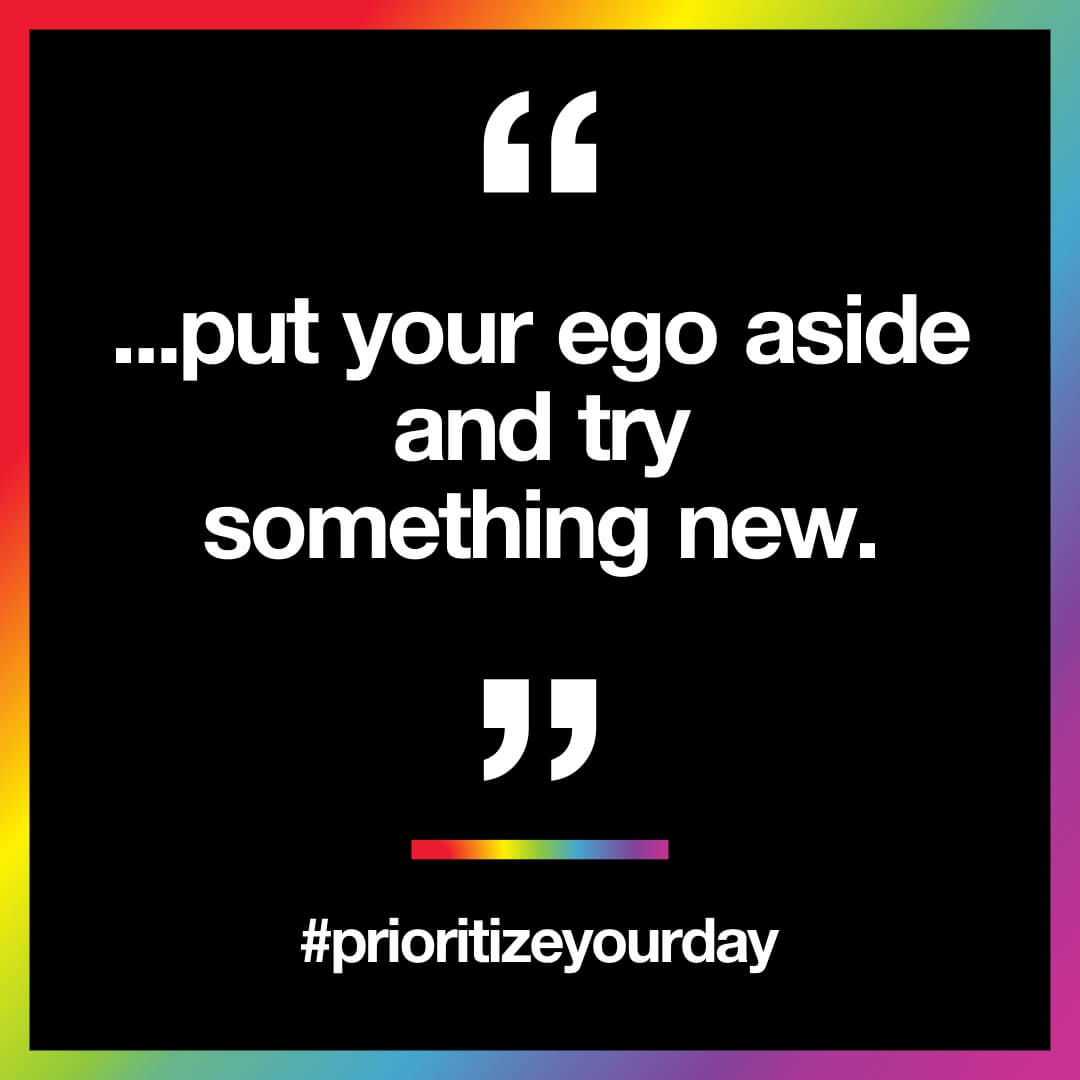He said to me, “I’m so stressed out. I’ve been working fifteen and sixteen-hour days for weeks on end. I can’t seem to get off the work treadmill ever. I need help!”
Sound familiar? I hear something similar to that about twice a month or so from folks trying to build something fantastic. But unfortunately, these people start on a journey that somehow leads them down the road to chaos. By the time they talk to me, the frustration is overwhelming.
The good news is that it doesn’t have to be this way. There are some choices you can make to create something better. This could be for your business, personal time, or even a group or a team. Let’s take a look.
The first place to think about is your idea of what success should look like. Not where you are now. But if all things happen to be magically true, what is that ideal state? To me, the most important thing you can do is to try to be effective. This means that the work and the time you spend have meaning. I’d rather be doing the right thing poorly than doing an excellent job completing the wrong thing.
The reason? If you haven’t outlined what is essential, what matters, or what will make the most significant difference, are you just spinning your wheels? I’ve found out that “Ready, Fire, Aim” doesn’t achieve the desired results consistently.
I often hear business owners describing the hell they are going through, it is primarily a self-imposed problem. They don’t have a plan. There isn’t a direction. Nobody outlined the intended results and labeled what victory looks like. These people just bump along with their businesses until they have backed themselves into a corner one day.

“Now, what do we do?”. So, let’s unravel that knot. Three to five years from now, can you describe your business vision? What customers are you working with? What are your top and bottom lines in revenue? How many employees do you have? Describe your facility and equipment. How are you getting sales? How many different ways does your company make money?
Then, describe the downside. What problems are you going to face? Can you envision the quicksand to avoid? Technology that you need to adopt? Governmental regulations? Supply chain problems? Employee issues? Successful people know why these points matter. Believe it or not, there is such a thing as a “good order” and a “bad order.” There are “good customers” and “bad customers” as well. There are “value-added time” and “non-value-added time.”
This article is about prioritizing your time. I can tell you wholeheartedly that you should spend some quality time analyzing how you are spending your day. For example, are you working on tasks that will help you achieve your vision five years from now? Are the phone calls you are taking, the meetings you are lining up, and the production you need to schedule…are they in line with those goals?
Your vision drives decisions. Can you identify where you are mis-stepping with what you are working on? There are only so many hours in the day, so stop handing over a chunk of your day to things that will not help you realize your goals a few years from now. As my friend Richard Greaves says about time, “There are things that you can not afford to do.”
If you were to equate a minute to just one dollar, how much are you spending a day on non-essential, useless things? I read somewhere that the average worker only puts in about 3 hours of actual work a day in an eight-hour shift. The rest of the time was spent on “other things.”

What about you? Or your company? I want you to do yourself a favor and quit using the phrase, “I don’t have time.” From now on, replace that with, “That isn’t a priority.” Because that could be more accurate. You have the time; you simply haven’t prioritized it the way you should. Let’s find out.
The way forward is about identifying what is holding you back with how you use and prioritize time. Then, take a moment to do an audit. It’s not that hard, but it will take some effort. Whip out a yellow legal pad. Get a pen ready. For the next few days or weeks, jot down everything you do all day. What are you actually working on? How much time are you spending on it?
If we were working on improving a manufacturing process, this might be called a “Root Cause Analysis.” We want to uncover the facts about time management and what feeds into your day. Once your audit is completed, see if you can lump similar tasks together. Then, add up the total time for each. Can you express that as a percentage of the time available?
Once you have your list, take a good look at your activities. Rate each type of activity with a “K” for “Keep,” “G for “Give,” or “E” for Eliminate.
What do you like doing or feel you should be handling that task? That’s a “K.” You want more of those challenges, as this is where the payoff down the road will be. Keep doing this type of work, especially if you are highly skilled or enjoy it.
For anything that you can’t do well, don’t want to do, or can’t for some reason…you want to label that with a big “G” and give it away. These are tasks that you delegate. Can someone else on your team handle them? Could you find software to automate it? What about an outsourcing partner such as a virtual assistant or another company?
Lastly, and most importantly, we come to the Eliminator round. That’s right. You do things every day that you simply should stop doing. They get in the way of achieving higher levels of productivity. There should be things on your list that you’ve marked with a big fat red “E.” Let’s be honest here; you will have to find a way to be disciplined with some of these.
For example, I like Wordle as much as the next person. But let’s say that you spend 15 minutes every workday solving that puzzle. Here’s the math: 250 work days per year x 15 minutes = 3,750 minutes. 3,750/60 = 62.5 hours. What could you have possibly accomplished in 62.5 hours? I’ll bet a lot of things that someone once said, “We don’t have time for that.”
Remember that goal that is way over there on the horizon? That’s where we want to go. So it is possible to have the future that you’ve envisioned. But to have a different result than the one that isn’t working, you will have to do things differently.
The first step in the new plan is going to involve your ego. Or, maybe I should write it as YOUR EGO. Many times (hey, I’m guilty of this too), we feel that ONLY WE CAN DO IT. To untangle that knot, you will have to free yourself from this notion. Believe it or not, there are actually people on this planet who can do whatever that task is, just as good or, frankly, better than you can.
This is why you hire people. A few clicks away are some software that can entirely automate your struggling process. And yes, this is why you partner with a company that does something better than you. Like, for example, make heat-applied transfers.
But big egos don’t listen. People with big egos feel offended when someone corrects them. You’ve witnessed that before, right? Therefore, I wish you to put your ego aside and try something new. Remember, your goal is to make your day effective. Meaning that more good things are being accomplished with the available time committed. This doesn’t require your participation and involvement all the time. It can even be automated.

Can you clarify the results that you want before you start? Especially if you are handing something off to someone else? What is the intended outcome?
Prioritizing is about ranking what matters over what doesn’t. When you are clear about the results you want, this becomes much easier. Focus on the goal of being effective with your time, not being “busy.” Be more intentional. Every minute counts.